How to Convert 24V to 5V Using Resistor? Steps You Need to Follow
Altering voltage levels to meet the needs of various devices and circuits is a crucial task in the fields of electronics and electrical engineering. Reducing a high voltage source to a lower, more controllable level is a frequent difficulty.
Although most hobbyists and DIYers rely on traditional voltage regulators and specialized components for such jobs, others are curious about the viability of performing this conversion using nothing more than simple resistor networks.
In this article, we will delve into an intriguing and less conventional method: transforming a 24V source into a 5V output using resistor networks. It’s worth mentioning that while this approach may not match the efficiency of dedicated voltage regulators, it presents a valuable learning experience and an opportunity to grasp the fundamental concepts of voltage division.
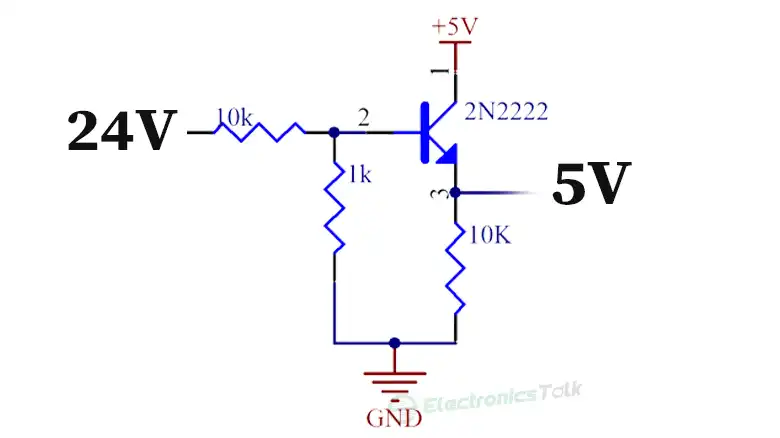
Materials You’ll Need To Convert 24 V to 5 V
- A 24V DC power source.
- A 5V voltage controller (like an LM7805 or LM2596).
- Small capacitors for input and output (a 0.1μF ceramic capacitor for input and a 10μF electrolytic capacitor for output).
- Basic wiring and soldering tools.
- A heatsink (if the voltage controller gets hot).
Steps to Convert 24 V to 5 V
Step 1 (Voltage Control Concept): The goal is to safely reduce the 24V input to a lower and steady 5V output using a voltage controller. This controller manages this by converting excess voltage into heat.
Step 2 (Connect the 24V Source): Attach one wire from your 24V power source to the input side of the voltage controller.
Step 3 (Ground Connection): Connect the ground wire (GND) from your 24V source to the ground terminal of the voltage controller.
Step 4 (Output Hookup): Link the output terminal of the voltage controller to the 5V input of your device.
Step 5 (Capacitor Setup): Place a small 0.1μF ceramic capacitor between the input side and the ground terminal of the voltage controller to reduce any electrical noise and stabilize the input voltage. Also, connect a 10μF electrolytic capacitor between the output side and the ground terminal to keep the output voltage steady and minimize voltage fluctuations.
Step 6 (Voltage Check): Power up your setup and use a basic voltage measuring tool to confirm that the output voltage remains close to 5V. If needed, you can slightly adjust the input voltage or opt for a different voltage controller to achieve the desired 5V output.
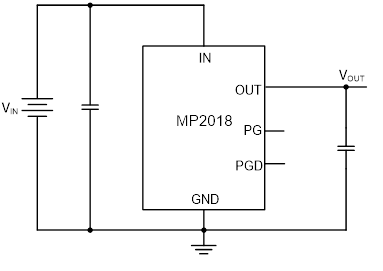
Figure 1: Circuit Diagram of Voltage Controller to Convert 24 V to 5 V
Frequently Asked Questions and Answers
Q1. Can Resistor Reduce DC Voltage?
The necessary voltage drop can also be achieved by using a straightforward resistor. However, as power consumption is a crucial component of applications using any type of storage element, doing so results in power loss and is not a choice.
Q2. How to Convert AC to DC Power 5V?
A 6V step-down transformer may be used to convert AC to 5V DC, and the 5V bridge and regulator circuit can then be used. What ratio of AC current to DC current exists? For pure resistive loads like heaters or incandescent bulbs, the RMS value is comparable to the same value of DC voltage or current by definition.
Q3. Can Resistor Reduce AC Voltage?
In accordance with Ohms rule, I*R=Vdrop, a series resistor will drop a voltage whether it is AC or DC. The resistor will also lose energy. The series resistor will waste power in accordance with I*I*R=P and will drop a voltage regardless of whether the circuit is AC or DC.
Conclusion
Consult product information for correct connections and capacitor values. Use a dedicated voltage controller for efficient regulation, and avoid resistors for heat loss and component harm.

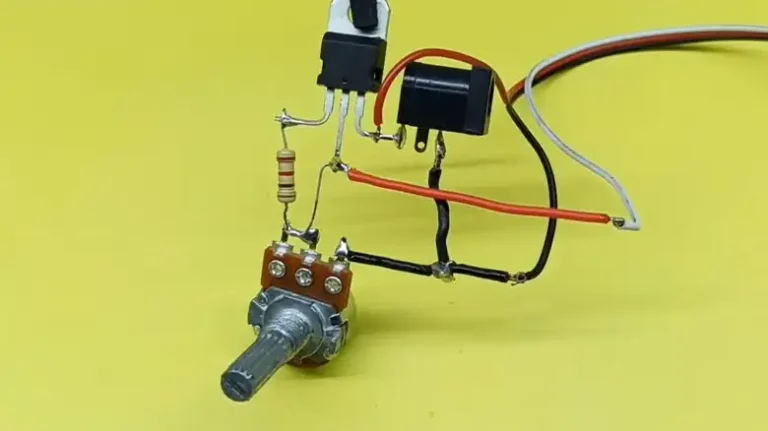
![[Easy Explanation] Do Resistors Have a Max Voltage?](https://www.electronicstalk.org/wp-content/uploads/2023/09/Do-Resistors-Have-a-Max-Voltage-768x431.webp)
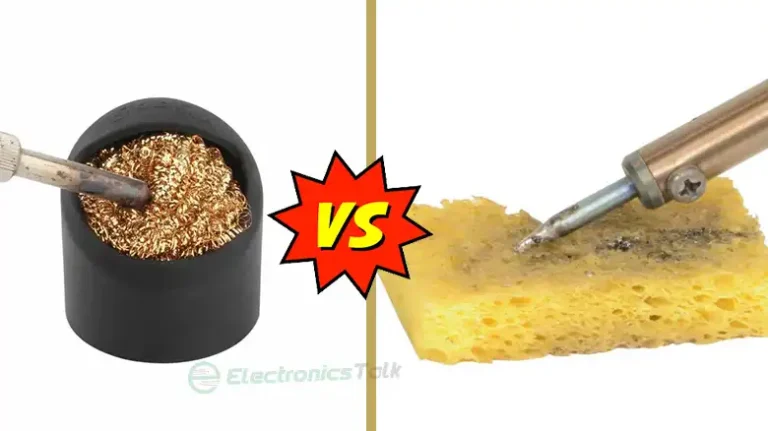

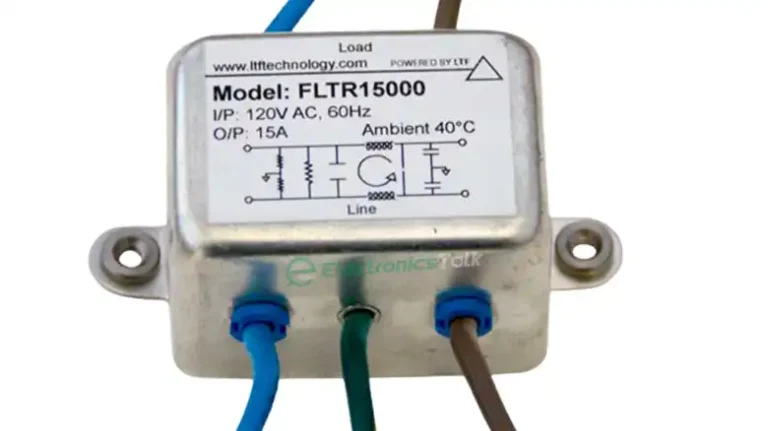
![[Answered] Do I Need a Resistor for a Laser Diode?](https://www.electronicstalk.org/wp-content/uploads/2023/09/Do-I-Need-a-Resistor-for-a-Laser-Diode-768x431.webp)